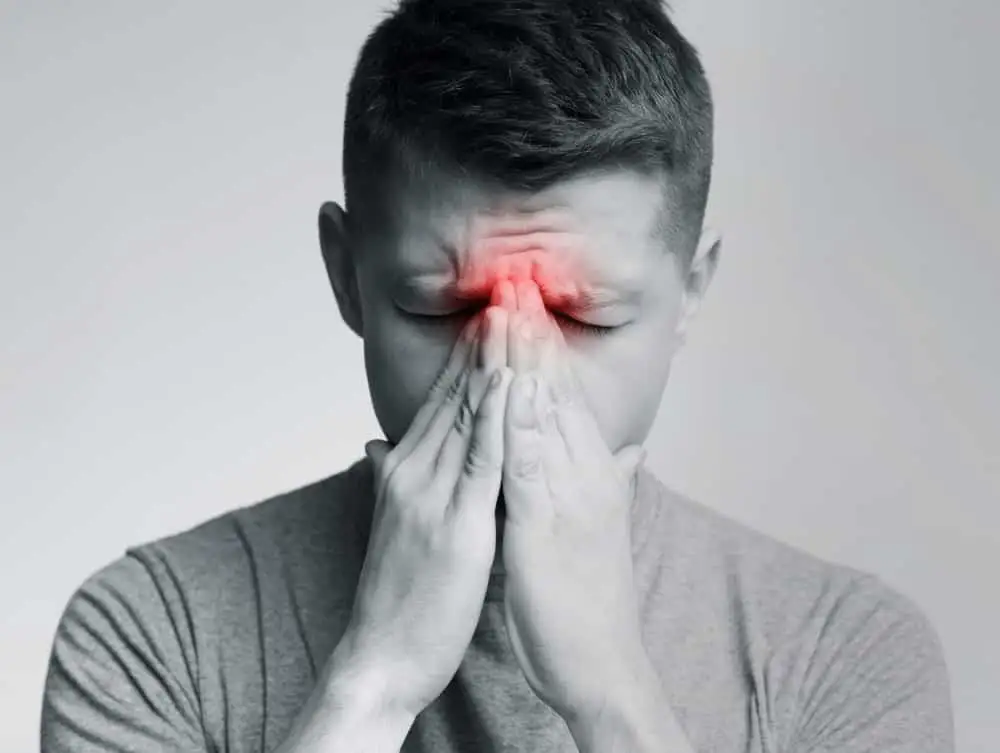If you’ve been living with constant ear pain or you regularly experience things like hearing loss, tinnitus, dizziness, or itchiness in your ears, then you may have a build-up of wax. Treatments in the past have involved ear syringes and a variety of liquids designed to soften the wax, however, this procedure was often messy and uncomfortable.
Thanks to modern medicine, an ear wax removal treatment these days involves a special ‘vacuum’ machine and an ear micro-suction procedure that is efficient, hygienic and relatively pain-free. But what exactly is ear vacuuming and what are its benefits?
What Is Ear Wax?
Ear wax or cerumen is a substance produced by the glands in the skin of the cartilage-covered portions of the ear outside the head. It helps protect the eardrum and ear canal from dust, particles, bacteria and other microorganisms and its production is a natural healthy function of the ear. Normally ear cleaning to remove wax isn’t required as the ear is naturally self-cleaning – it moves out of the ear naturally with jaw movements like talking and eating.
What Causes The Build-Up Of Ear Wax?
Although ear wax normally moves out of the ear naturally, there are a number of factors that can cause it to build up and require removal. A build-up can be due to excessive hair in the ear or an unusual ear canal anatomy – everyone’s ear canal is unique and if yours is bendy or narrow it can make it difficult for wax to naturally be removed.
The use of cotton buds or other foreign objects like bobby pins for ear wax removal can also cause a build-up. This is because they can actually push wax further down into your ear canal, which results in wax impaction. Even more alarmingly, using these items can increase the risk of puncturing your eardrum, which can cause severe pain and even hearing loss. Inner-ear headphones can also cause wax to build up, so the use of over-the-ear headphones is recommended instead.
What Are The Consequences Of Wax Building Up?
If ear wax builds up to an excessive degree it can cause a number of annoying if not painful side effects. These include ear pain, a feeling of ‘fullness’ in the ear, infection, itchiness, dizziness, hearing loss and tinnitus.
Tinnitus is a condition where individuals experience noises or ringing in the ears or head when no external physical noise is actually present. In all these cases it’s important to see your doctor for a consultation and an ear vacuuming procedure to ensure wax is removed and your hearing is not affected long term.
What Is Ear Vacuuming?
Ear vacuuming, which is often called ear micro-suction, is a treatment procedure performed by a professional to remove excessive ear wax. Modern ear wax removal with special micro-suction machines and/or special ear wax removal tools is a progressive treatment that is the gentlest and safest way to remove ear wax or other foreign bodies from the ear canal. The whole procedure is also carefully monitored by your doctor via a specialised binocular microscope, which allows them a clear view of the ear canal and its contents.
What Are The Benefits Of Ear Vacuuming?
Ear vacuuming or micro-suction has a range of benefits for patients who are suffering from a build-up of wax in their ears. It’s clean and hygienic – there are no gels, water, liquids or messy fluids used which can significantly reduce the risk of the infections often associated with traditional methods.
Although a medical assessment will normally be done before treatment commences, it’s generally a safe procedure for everyone – even those with hearing problems or conditions like perforated eardrums. The procedure is also efficient and painless for most patients.
Probably one of the biggest benefits of ear micro-suction is that the results are instant. Using microscopic technology, your doctor can show you the results immediately after treatment so you can see (and hear!) for yourself that the blockage has been removed.
While you may be prescribed ear drops after the procedure, normally you’ll only need one treatment before you notice a marked difference in your symptoms. Multiple treatment may be required to avoid future build-up, but these are generally only required if you have excessive ear wax build-up.
Can All Patients Have The Procedure?
The ear vacuuming procedure is suitable for most adults, however, can only be performed on children over the age of 10 as patients must keep their head still during the procedure. It’s also suitable for those with hearing aids and can be very helpful as often these devices prevent the natural migration of ear wax out of the ear. This can result in complications including whistling or a blocked hearing aid that prevents the device from working properly.
What do I need to consider if I’m considering the treatment?
While micro-suction ear wax removal has relatively few complications, is minimally invasive and is an effective, comfortable and low-risk procedure, as with all medical procedures, there are things you need to consider. The noise the suction wand makes can vary and can cause some patients minor discomfort, but this is rare and depends on a patient’s tolerance.
Because your doctor will have a microscope providing visibility of your ear canal and the movement of the ear wax at all times, it means they will have full control over the equipment. However, if a sudden movement is made during the procedure, there is a slight risk of injury to the eardrum or ear canal occurring, however, this is extremely rare.
The Acacia Ridge Family Practice has recently purchased a micro-suction ear wax removal machine for this specific treatment. Many patients have seen great benefits from the procedure and our practice also offers the convenience of bulk billing.
Are you experiencing symptoms that may be due to a build-up of ear wax? Contact us today on (07) 3711 2880 to book your professional consultation.
How To Fix Sinus Headaches | Symptoms, Treatments, Causes
Sinus headaches can be extremely painful, but they are often misdiagnosed for migraines or regular headaches, which have different treatment options. In this article, we explore exactly what a sinus headache is, what causes them, and provide some of the best treatment options so that you can get some relief from your pain. What Is…
What Is The Difference Between A Psychologist & Psychiatrist?
If you’re struggling with mental health issues, you may be considering getting professional help. And if that’s the case, you might be asking yourself “what is the difference between a psychologist and a psychiatrist?” The confusion is justified because the two are very similar. But they do have distinct differences. In this article, we explore…
Is Depression Caused By A Chemical Imbalance? Debunked
The human brain is a highly complex organ that contains about 86 billion nerve cells. These can make a possible 1,000 trillion unique connections, and the cells themselves can send pulses of electrical information at speeds of up to 400 kilometres per hour4. It’s truly an amazing organ that has rocketed us to the very…




